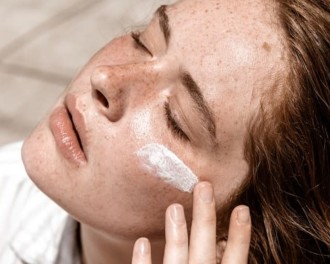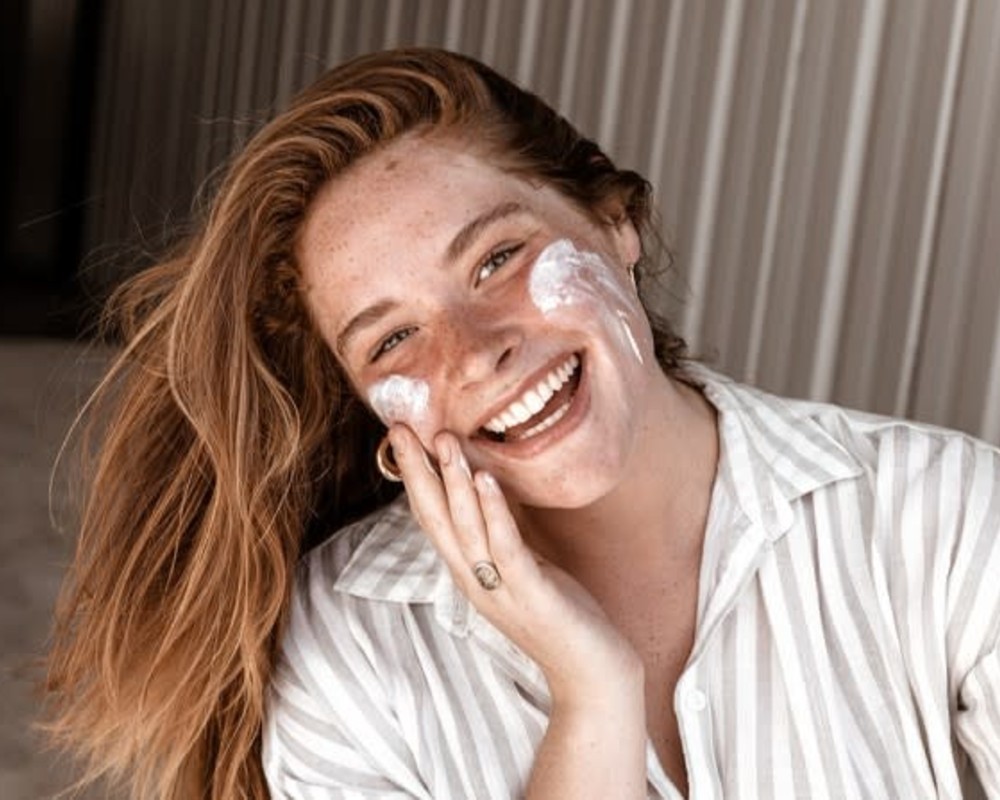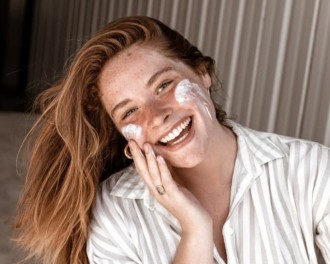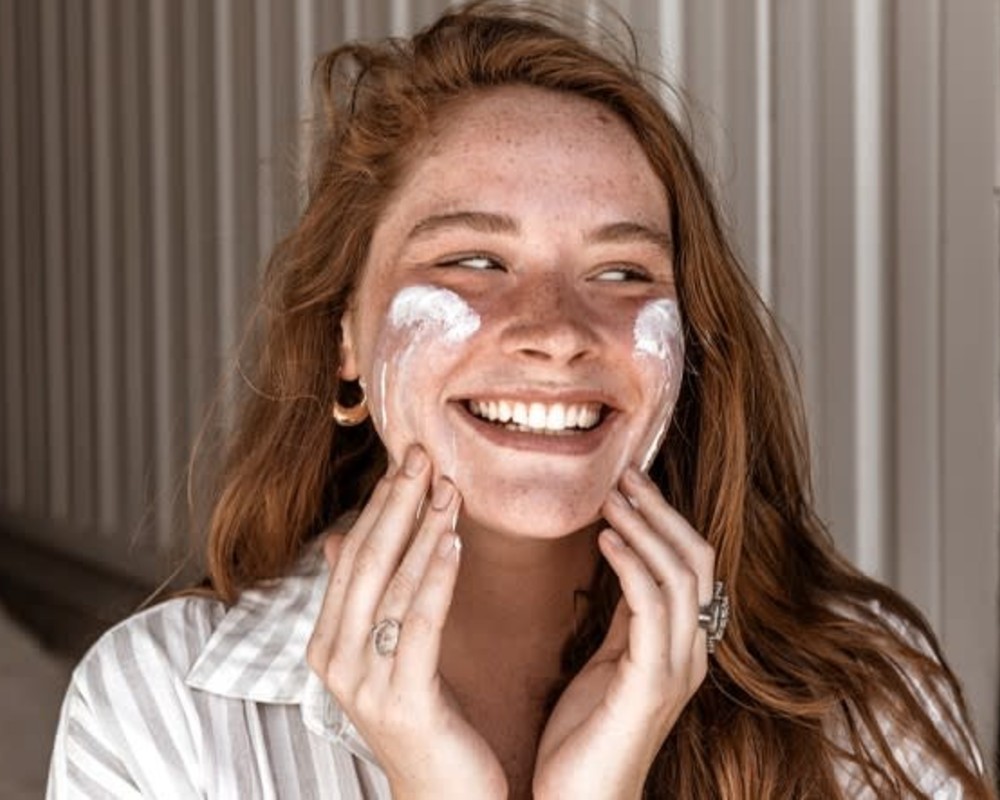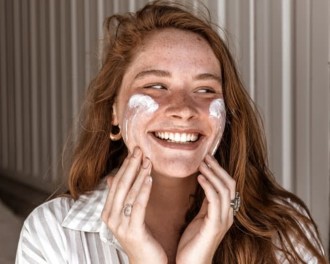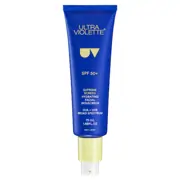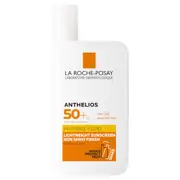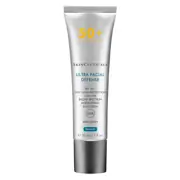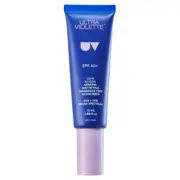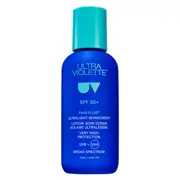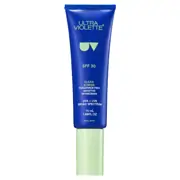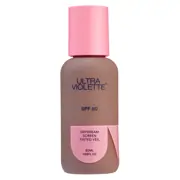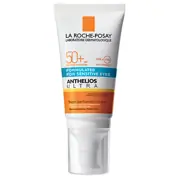We all know the importance of a cleanse, tone, moisturise skincare routine.
But for your overall health, the most important step in your beauty routine is applying sunscreen.
Keep reading to find out all about sunscreen, how it works, and the best way to apply it to ensure healthy skin and a healthy body.
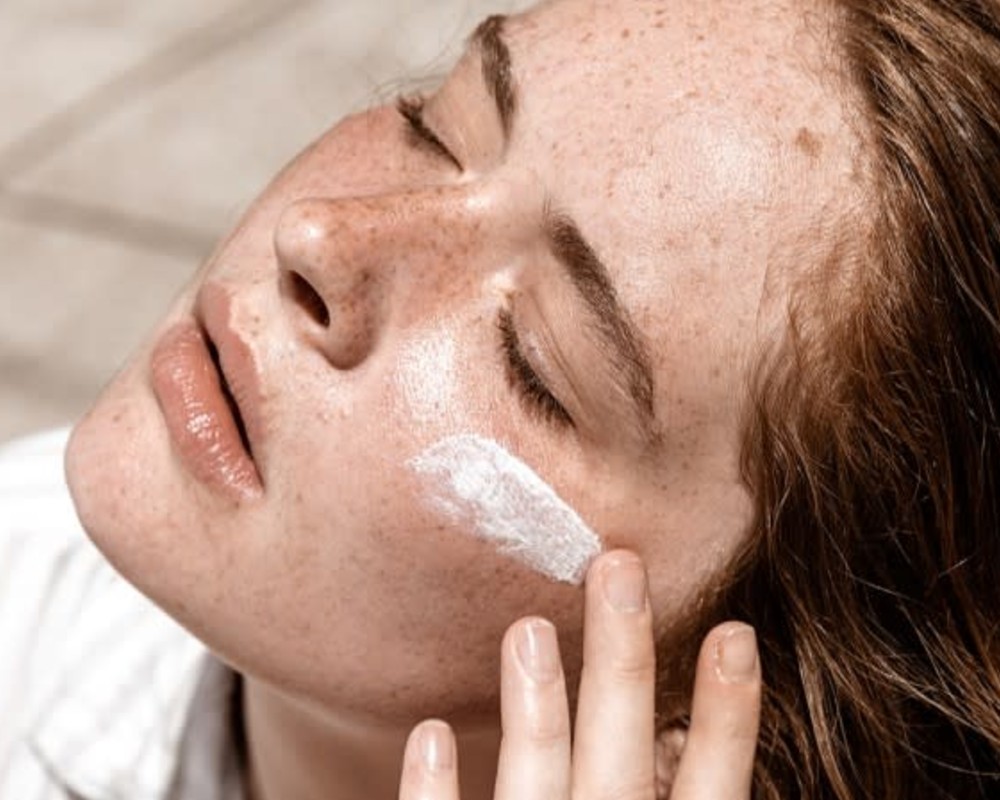
Why Is Sunscreen Important?
Sunscreen is important for shielding your skin against harmful UVA and UVB rays, whether the product physically blocks the sun’s rays or absorbs the damage before it affects the skin. Exposure to UV rays is the leading cause of skin cancer, according to the Australian Cancer Council, and sunscreen is one of the best ways to protect skin when out in the sun. Remember, SPF is only one part of sun protection! Always seek shade, and wear sunnies, a hat and protective clothing. Use sufficient sunscreen for all unprotected areas and reapply sunscreen as directed. Frequent re-application or use in accordance with directions is required for effective sun protection. Always read the label. Prolonged high-risk sun exposure should be avoided.
You can read more about the myths of skin cancer and sun exposure on the Call Time On Melanoma Instagram, an amazing not-for-profit initiative to raise awareness of the dangers of sun exposure.
However, the Cancer Council doesn’t recommend sunscreen for babies under six months, as infant skin is highly absorptive. Instead, the council recommends creating physical barriers of clothing, wraps, and hats to protect your baby’s skin.
It’s also important to avoid direct sunlight exposure. After six months, babies, toddlers, and children can wear sunscreen. However, we recommend mild formulas that won’t cause irritation or discomfort.
Find out more about sun protection for your little ones on the Cancer Council website.
Side note: Check out the video below as SPF advocate and scientist Hannah English takes us through why you need sunscreen which products will suit each skin type the best.

